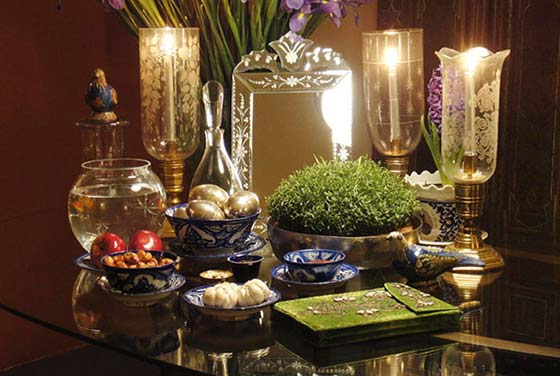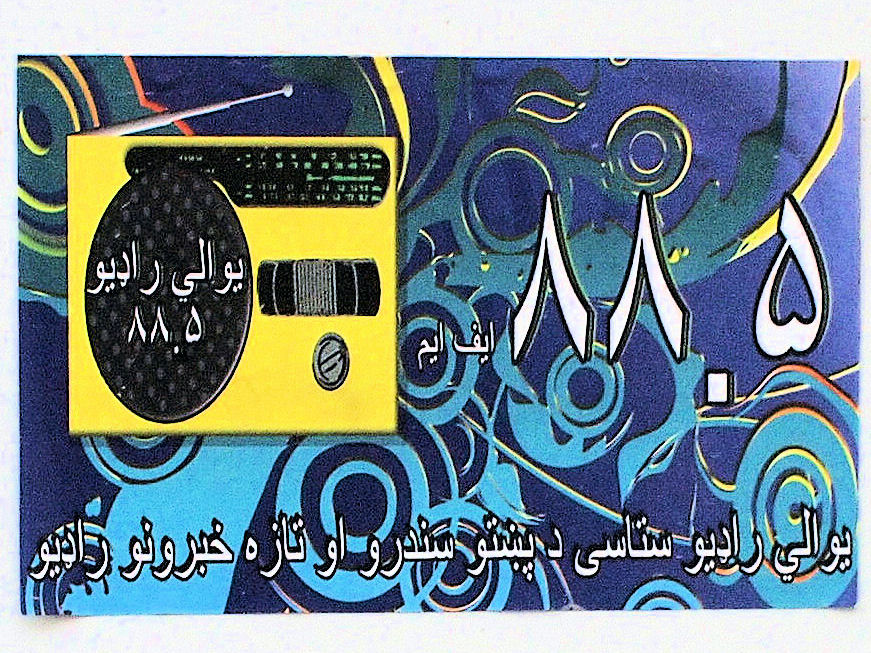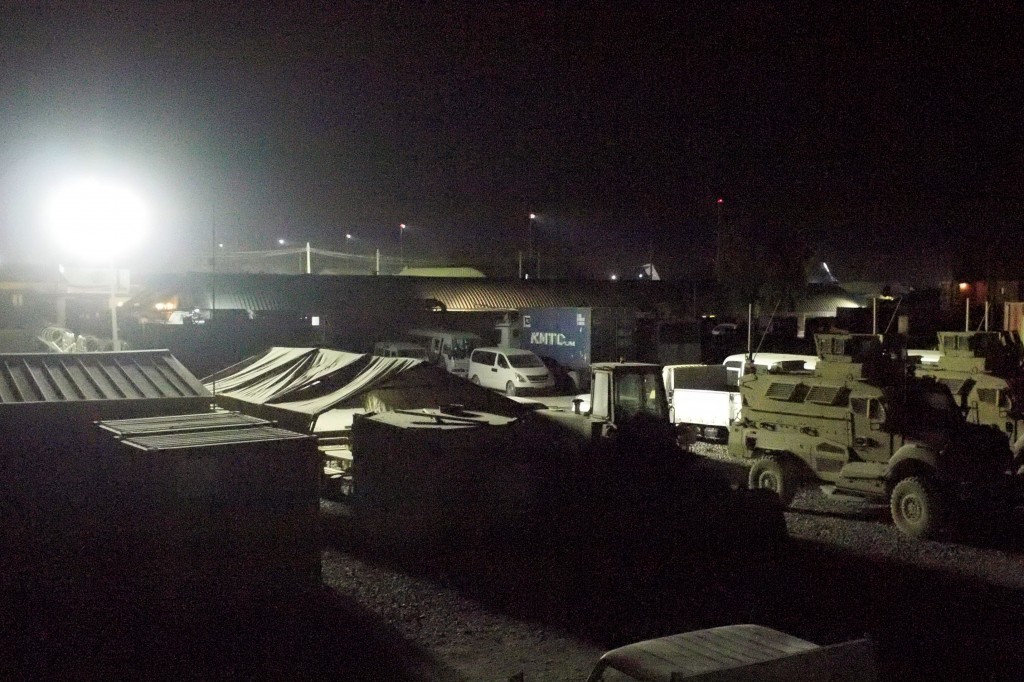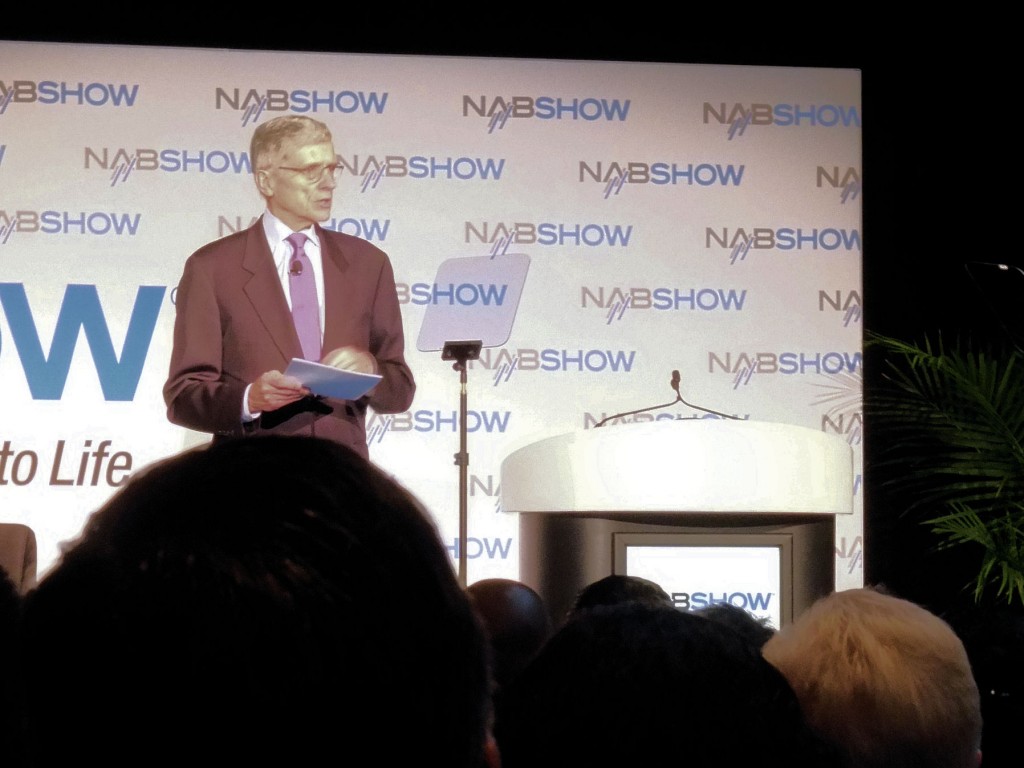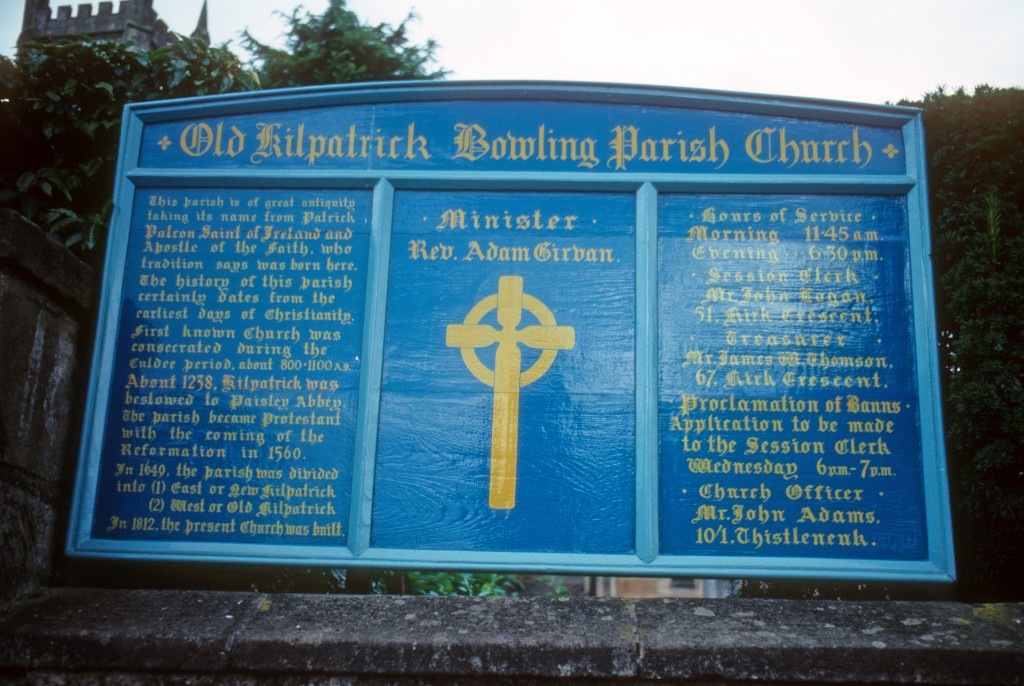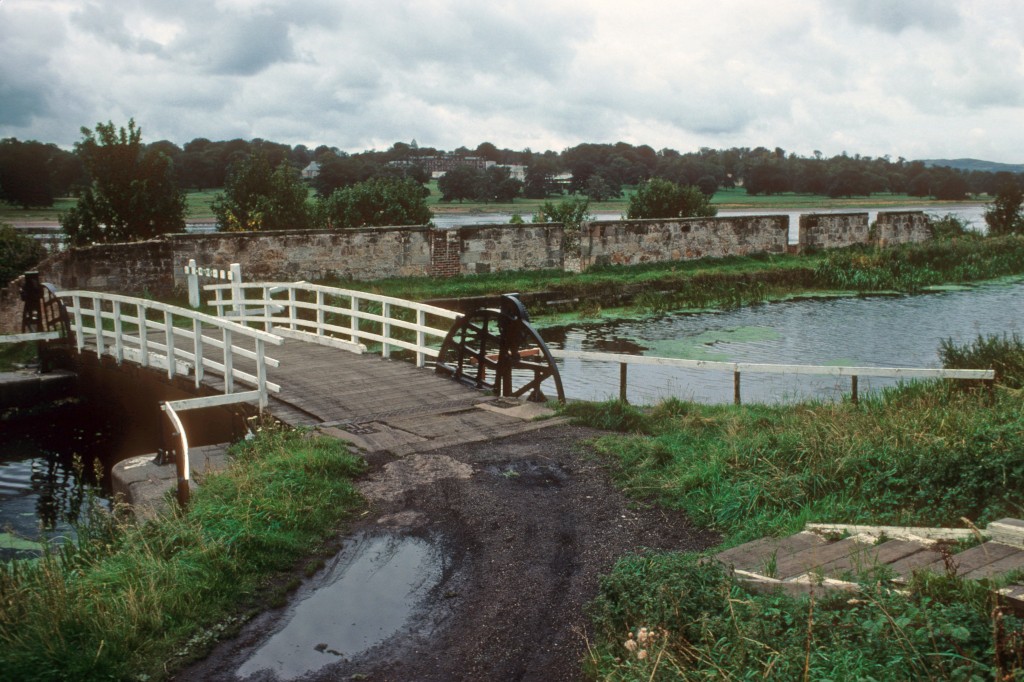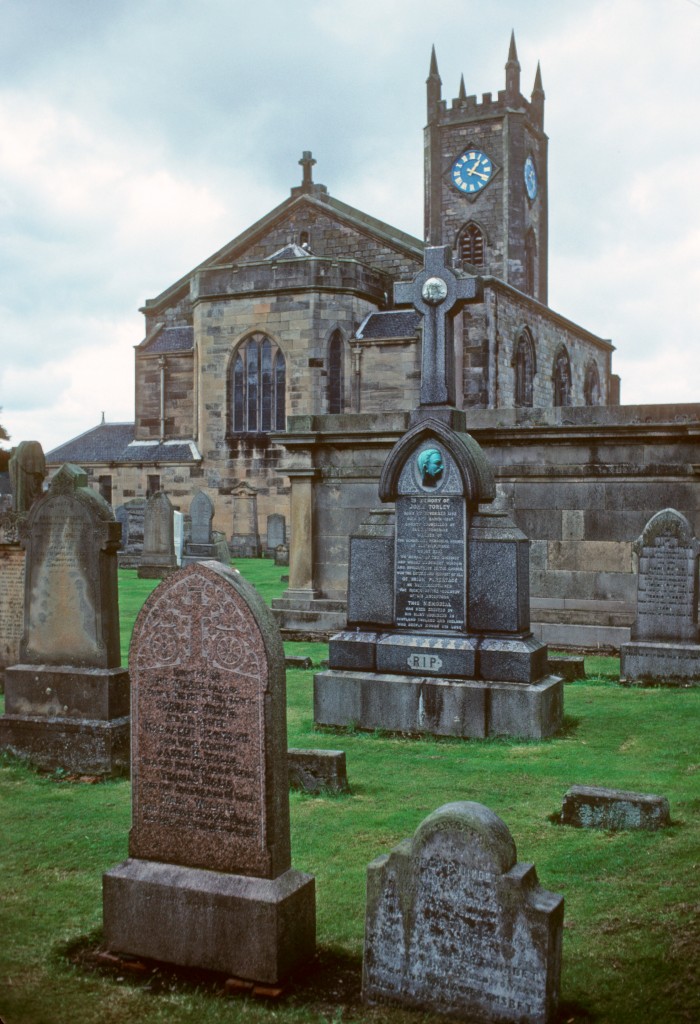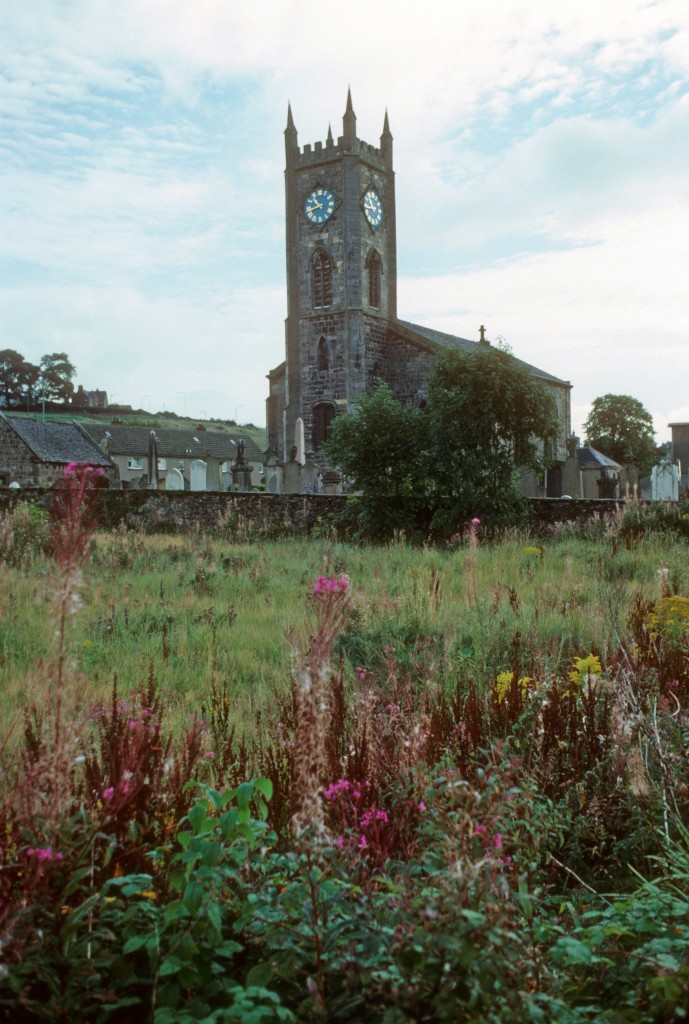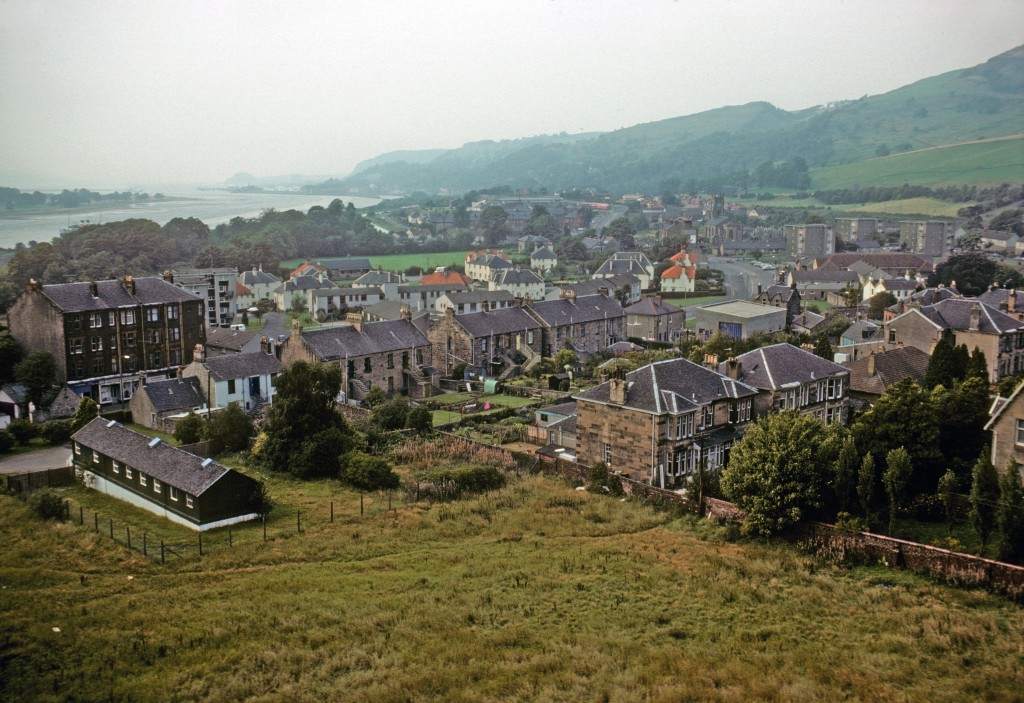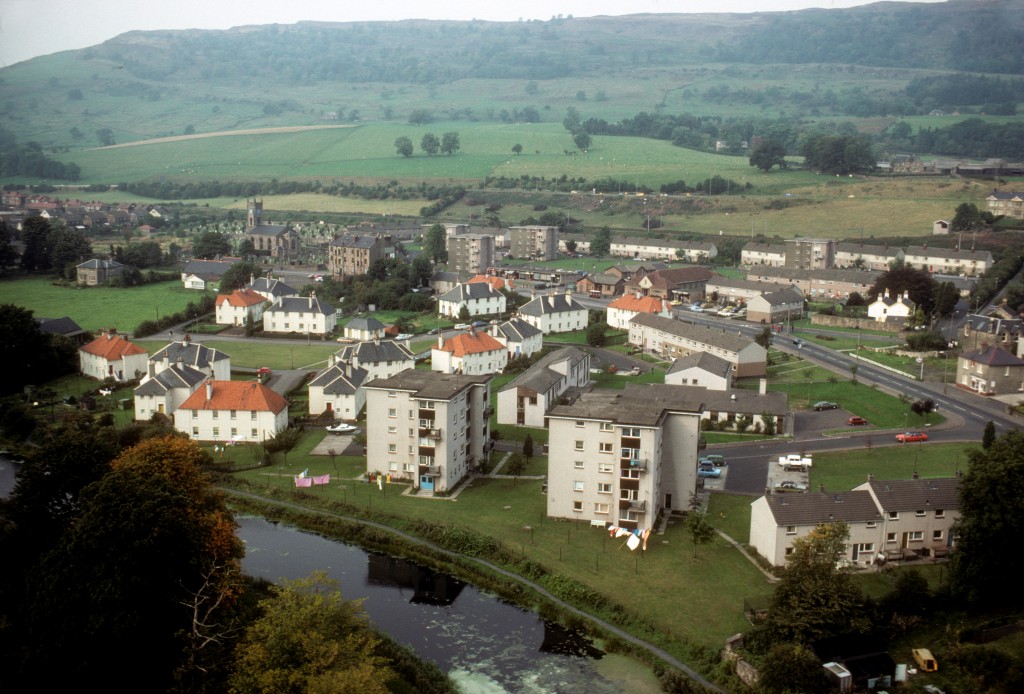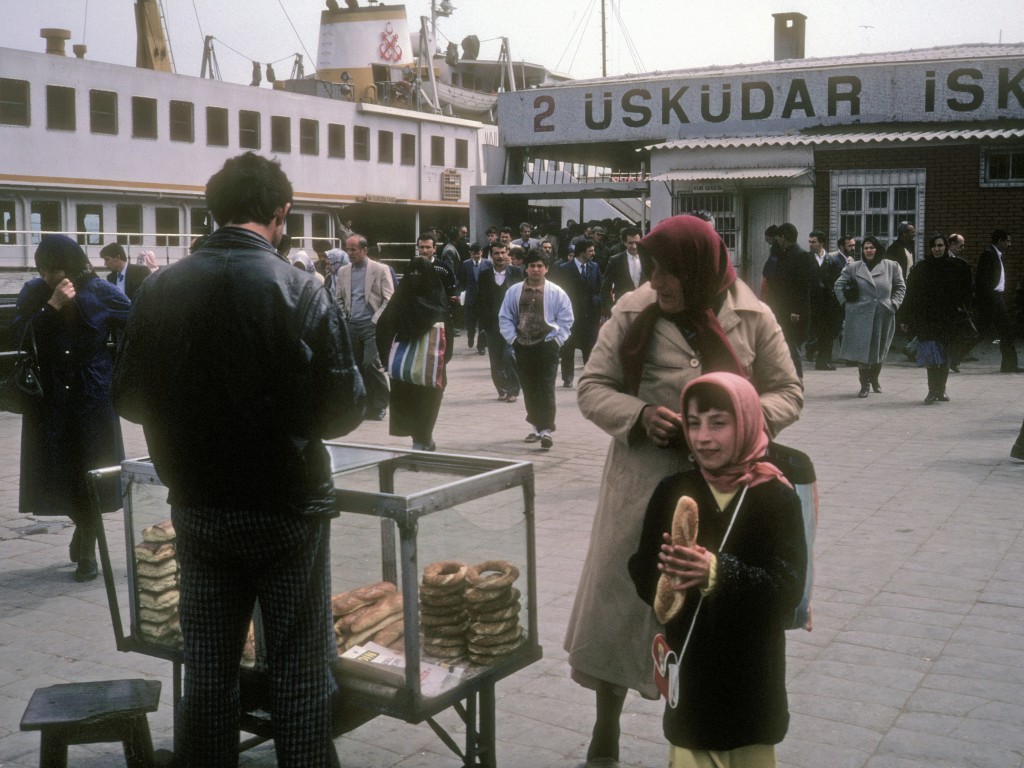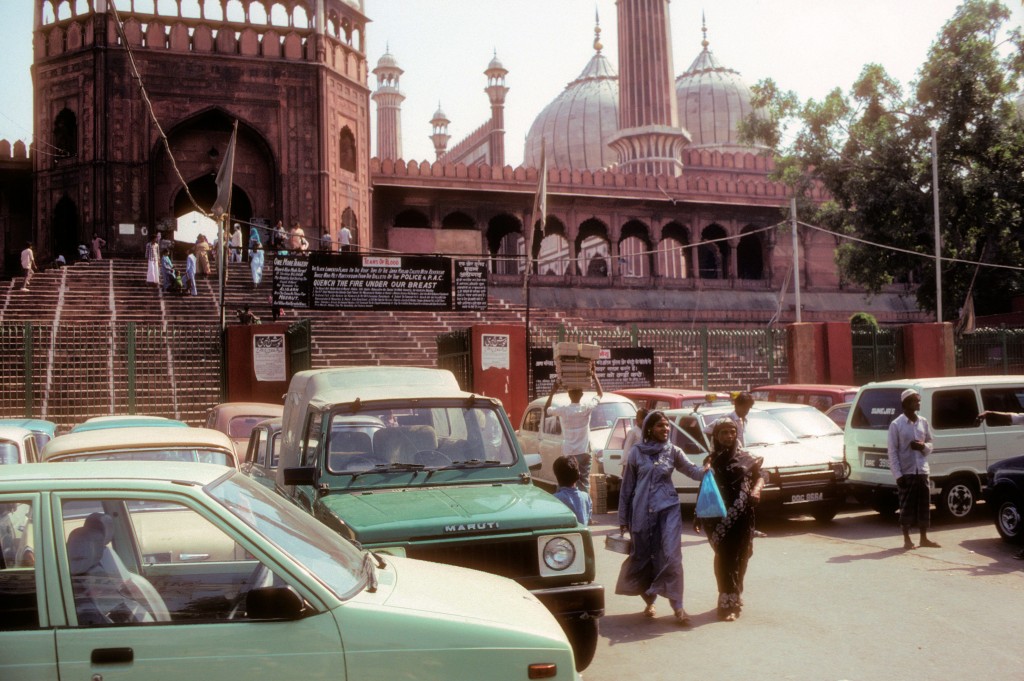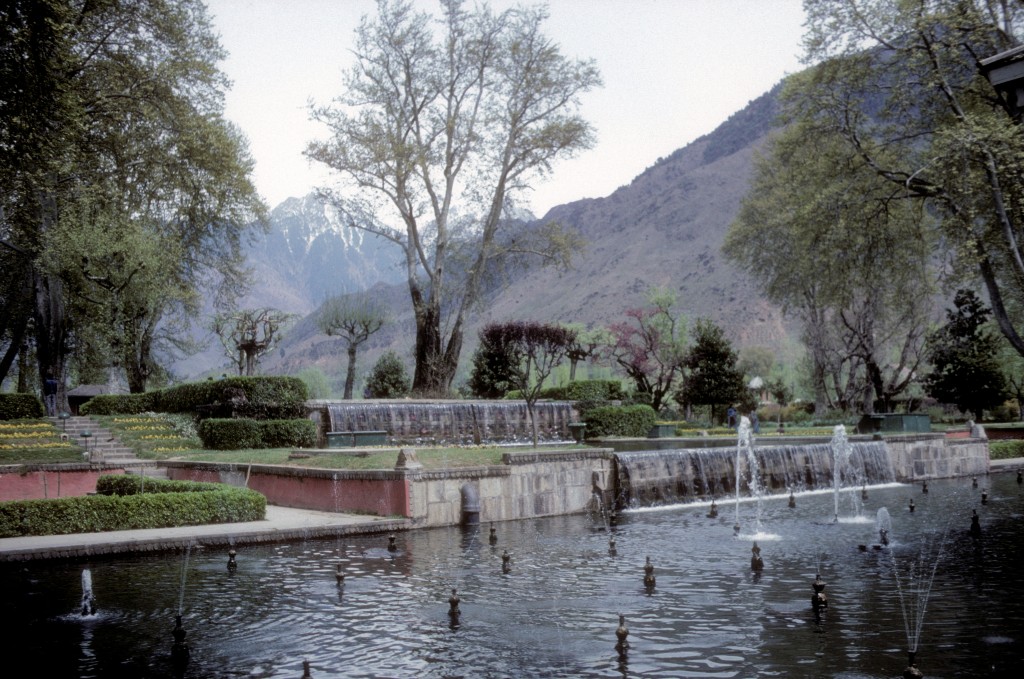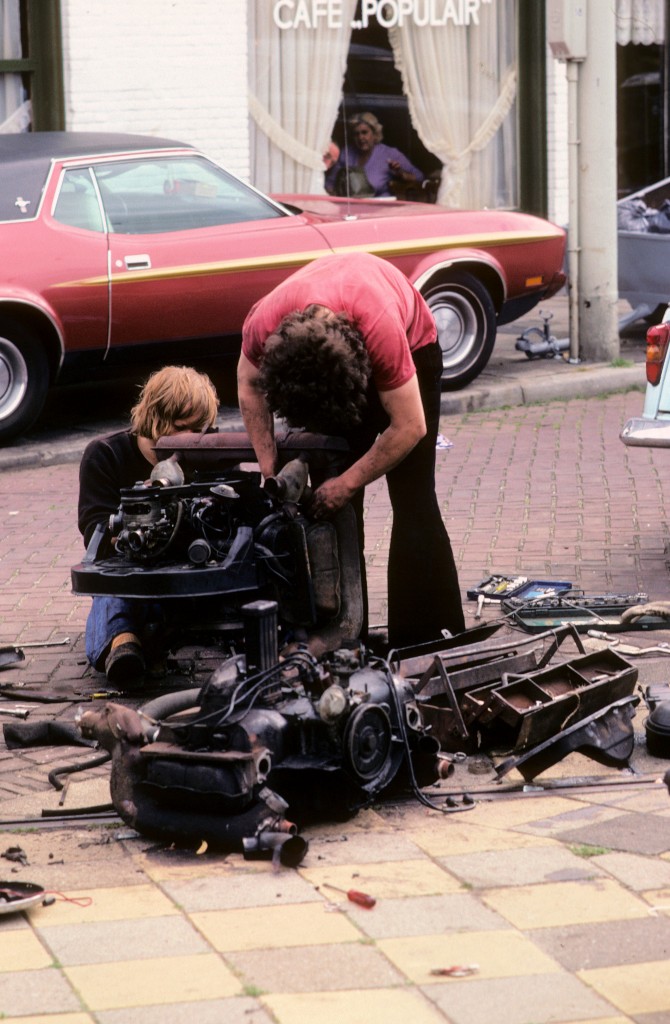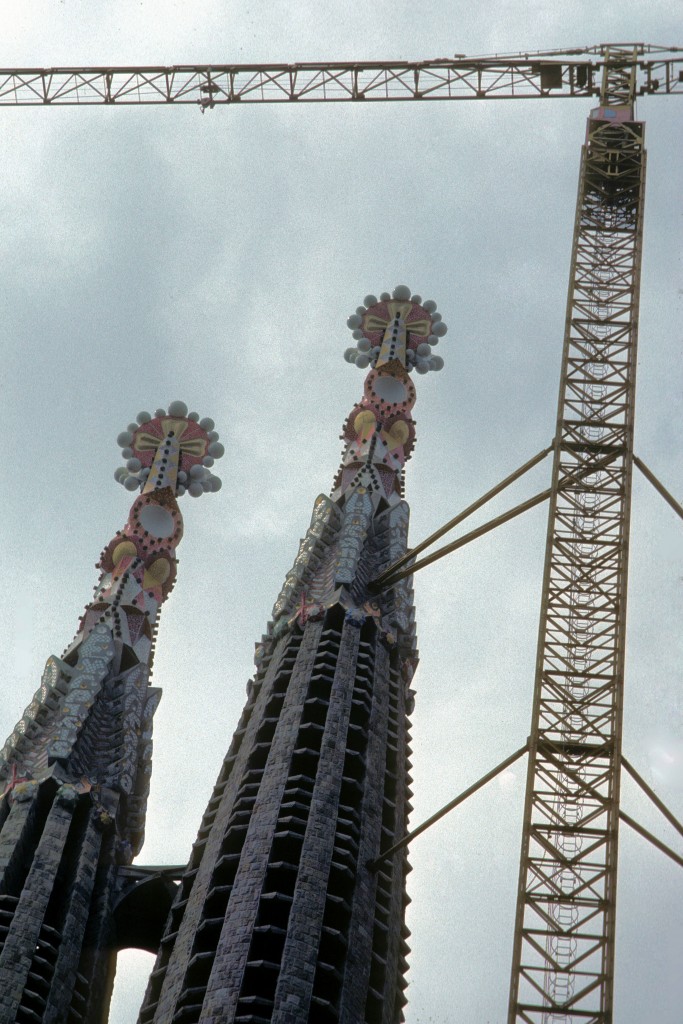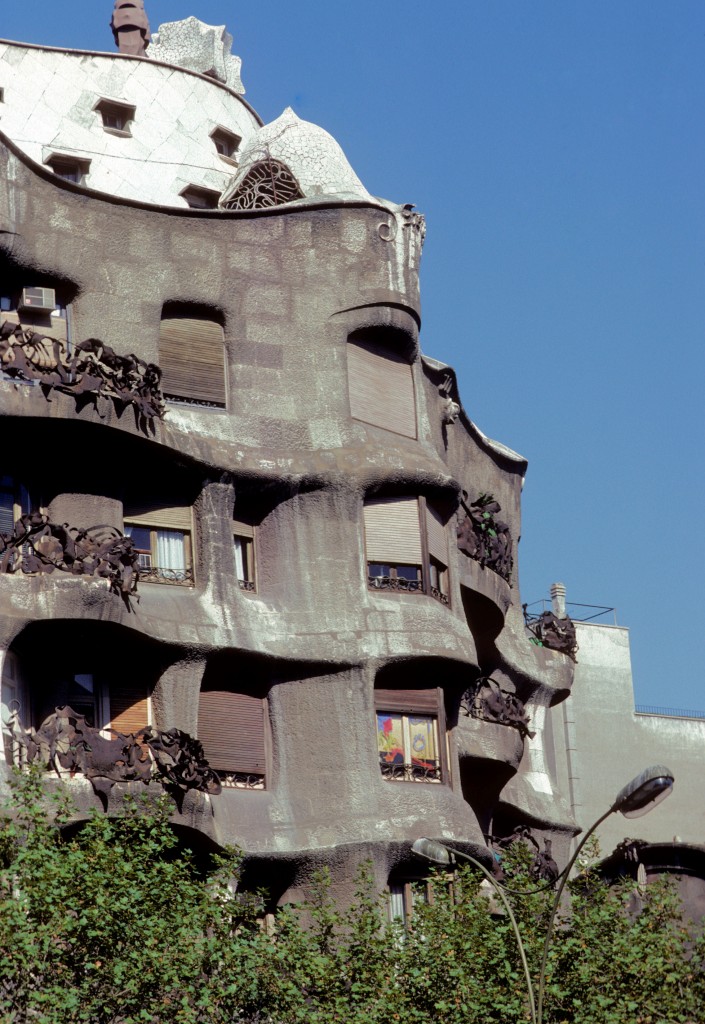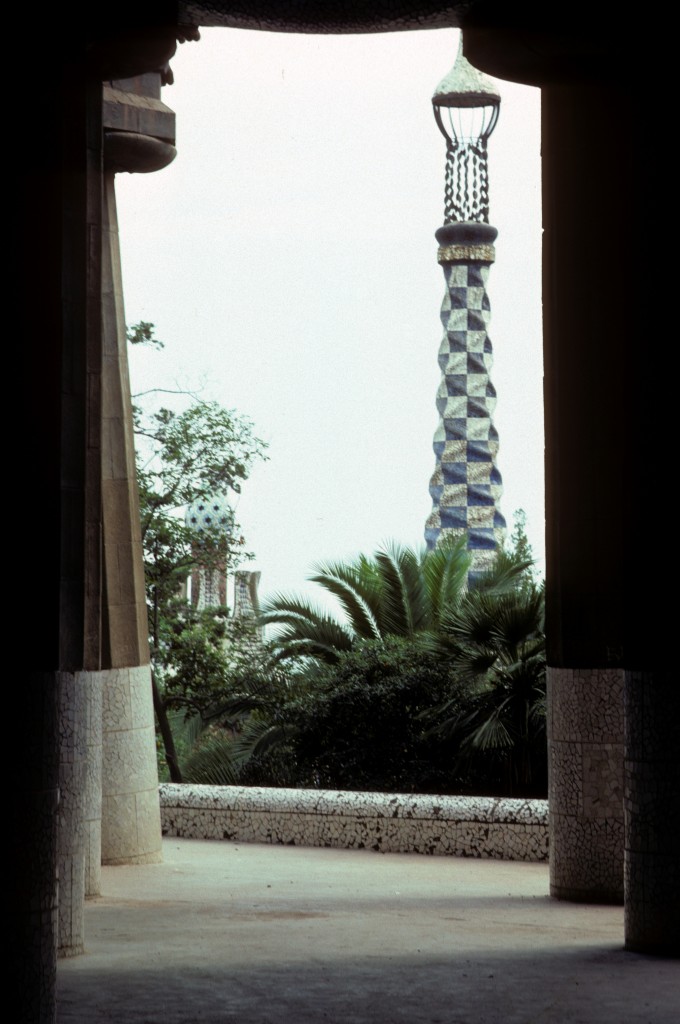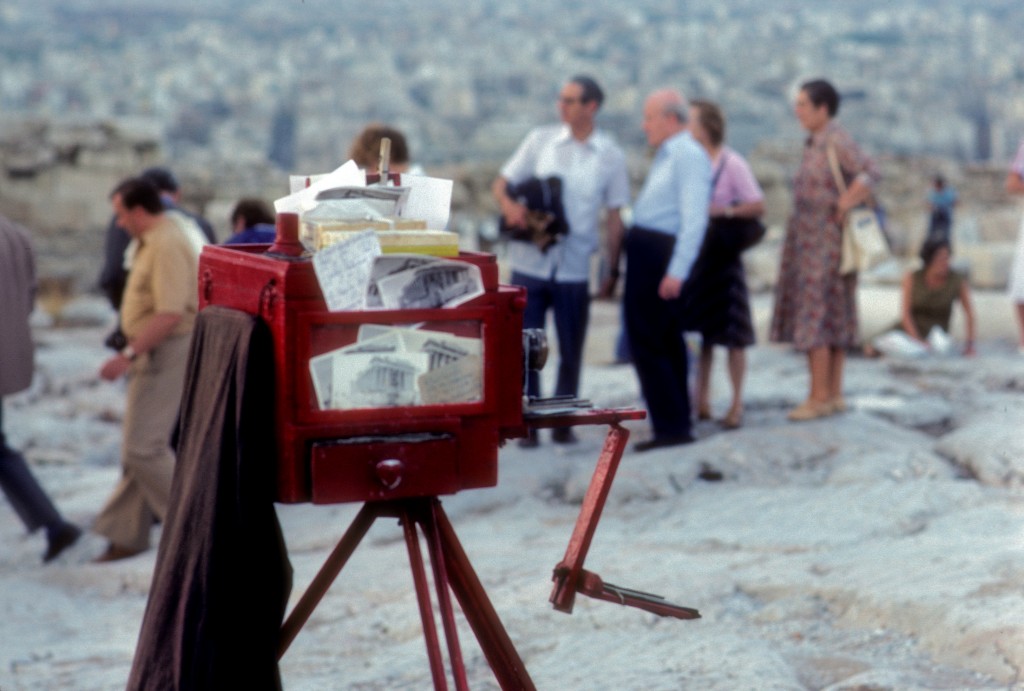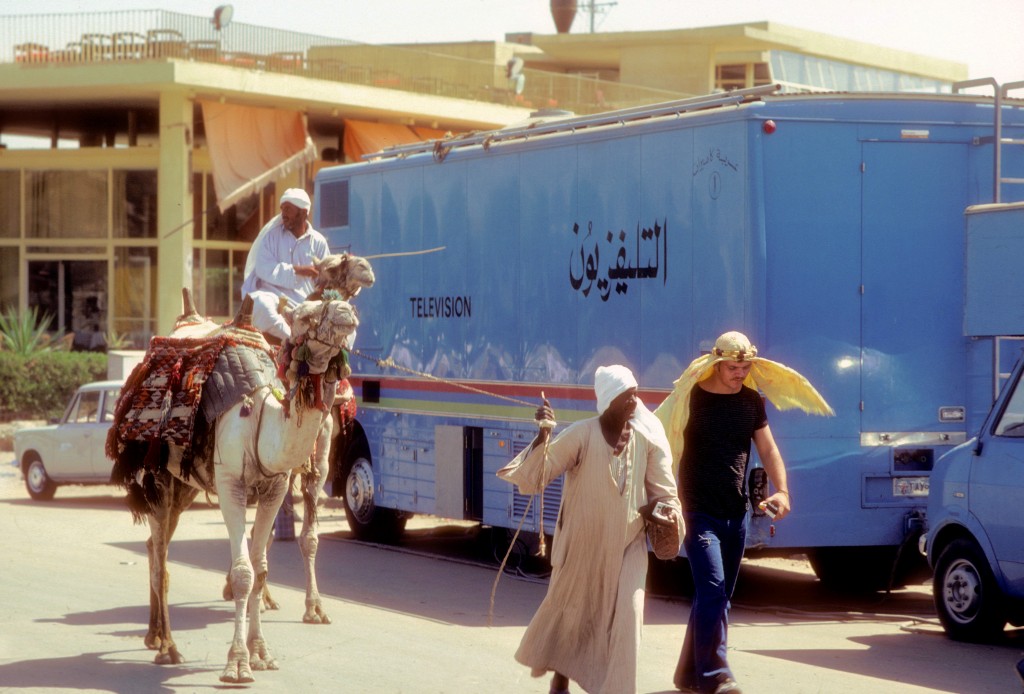Photo contests come in many shapes and sizes. Sometimes the rules for submissions are extremely specific and limit entries to a highly defined theme or objective.
Contest One
My favorite example of tight entry definition is the call for entries associated with The Artist’s Path 2014 Festival which featured presentations related to the topic The Artist’s Response to the Changing Landscape of Journalism and Ethics through Theatre, Film & Photography.
The topic could be thought to be very inclusive. The submission guidelines narrowed the options considerably;
Submit one to three original photographs that explore one of the following three themes:
1) The changing landscape of journalism and ethics
2) Social justice or
3) Environmental issues in your community
(Community may be defined along a spectrum from local to global.)
To clarify, you may have only one submission on one theme,
but that submission can include up to 3 photographs
all of which should be related and explore the same theme.
Other than for the likes of a W. Eugene Smith, putting together an entry with rules like this is no simple matter. My final solution was to write my 250 word or less description to be able to pull together three photographs from a visit to Kabul Municipality in Zarnegar Park into an appropriate theme.
Here are the photographs I chose;
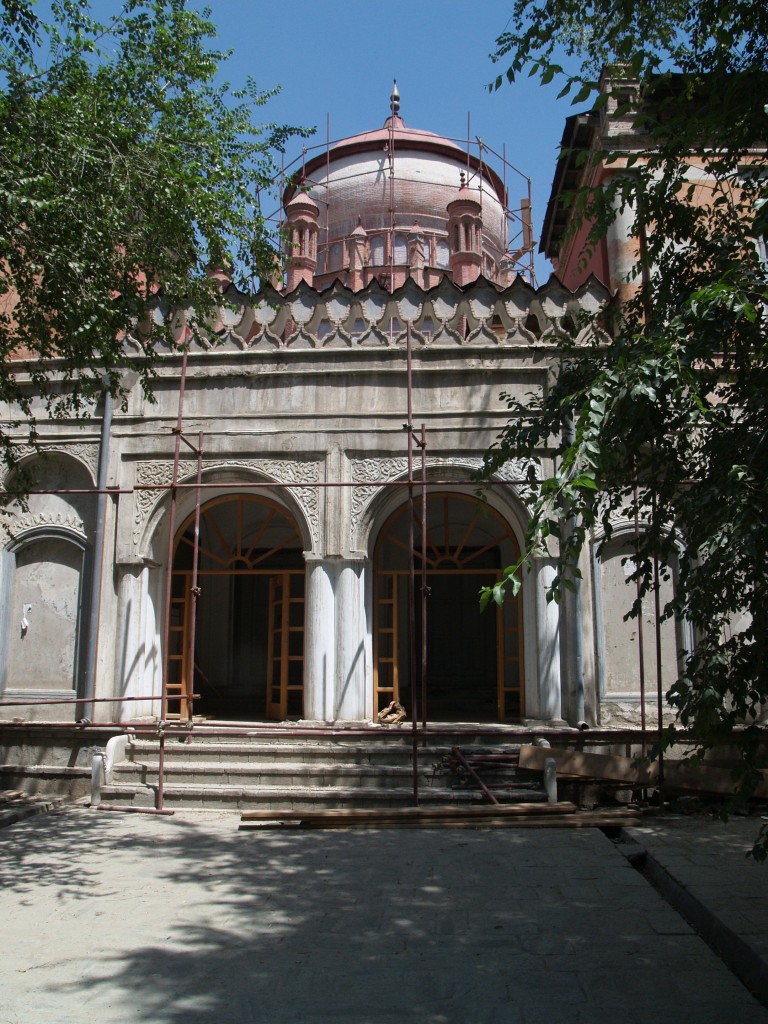
Kabul Municipality 51 – The mausoleum of Abdur Rahman Khan is one of the only remnants of the palace buildings that were demolished in the 1960s. Work still continues to restore this reminder of the origins of Afghanistan statehood under a monarch as the country tries its hand at democracy.

Kabul Municipality 61 – These groundskeepers were obviously very proud of what they did to maintain the appearance of the seat of municipal government and the relics of the capitol of the Afghan nation. I was asked to photograph them rather than needing to photograph them candidly.
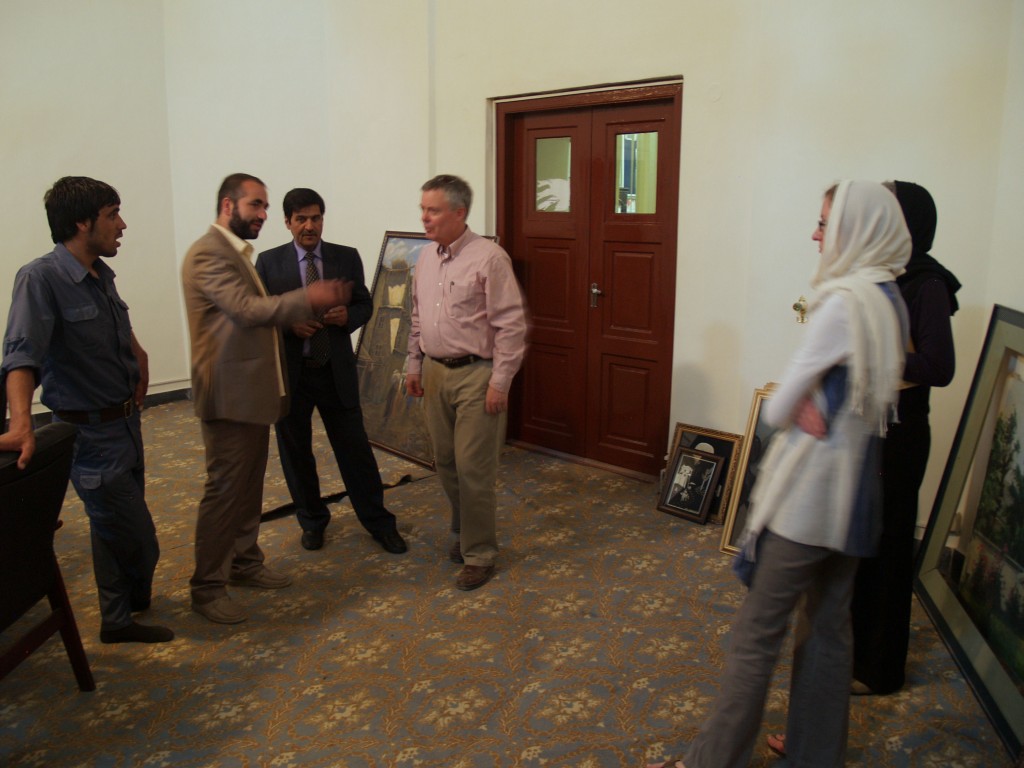
Kabul Municipality 72 – Preparations are going on here for an exhibition of art depicting local scenes. The period spanned by the selections that had been made at this time covered more than one-hundred fifty years.
These photographs were not made with a photo essay in mind. It was over two years later that they came to be linked to a theme for the 2014 Artist’s Path Festival by this description;
The photographs were taken on the same day in August 2011 in Zarnegar Park in Kabul. The Park, originally the site of the Zarnegar Palace, is the site of the Mausoleum of Abdur Rahman Khan, who ruled Afghanistan from 1880 until his death in 1901. It is the home of Kabul Municipality which is the seat of Kabul’s city government.
Zarnegar Park has changed owing to over thirty years of conflict in this country but pride of place is still very much evident in the work on the grounds and buildings and in the use of the facilities to try to provide continuity of the culture that has developed in the nation’s capitol.
I added to these notes in some material to be read in my absence at the Artist’s Path Festival presentation;
I was struck by the normal activities going on in the center of a city that has been the scene of conflict for the past forty years. The grounds were conscientiously maintained and provide a patch of green in a city notable primarily for its concrete barricades. At one of the buildings that dates back to the period of the Afghan Kingdom, paintings and images were being selected for an exhibit displaying Kabul before the wars. The mausoleum of Emir Abdur Rahman Khan was being restored to maintain the memory of the Iron Emir who is credited with restoring unity to the country following the second Anglo-Afghan War.
The story told by these photos is that life goes on in the Afghan capital despite forty years that began with a coup, was followed by incursions of foreign troops, and included years of civil war. Life goes on despite continued violence inflicted in the Afghan capital.
The people of Afghanistan continue to maintain reverence for their heritage as a nation. My trip to Zarnegar Park convinced me that Afghanistan will survive well beyond the departure of international military forces, perhaps not in the way envisioned by its foreign aid providers. Afghanistan will survive in its own manner because of the resilience of its people.
A week before the 2014 Festival (6 April) presentation I added to the text to accompany the photos;
A geographic footnote to these photographs – Café Zarnegar, the scene of the recent attack which claimed the life of Agence France-Presse journalist Sardar Ahmad and three members of his family, is located in the Serena Hotel. The hotel is located directly across the street from the mausoleum of Emir Abdur Rahman Khan.
Contest Two
Contrasting the guidelines for submission to our photojournalism competition are the rules for entry for Emerging Focus Barcelona;
Each entry must be the original work of the entrant, and entrant must be the sole owner of the copyright of such entry.
Emerging Focus Barcelona elaborates on the rules slightly but there is no direction given towards theme or subject matter. I was pleased to hear about Emerging Focus Barcelona on a posting of Glifos Comunicaciones and entered straight away. One of my entries was from my submissions to The Artist’s Path – with the groundskeepers at Kabul Municipality. No particular theme tied these photos together.
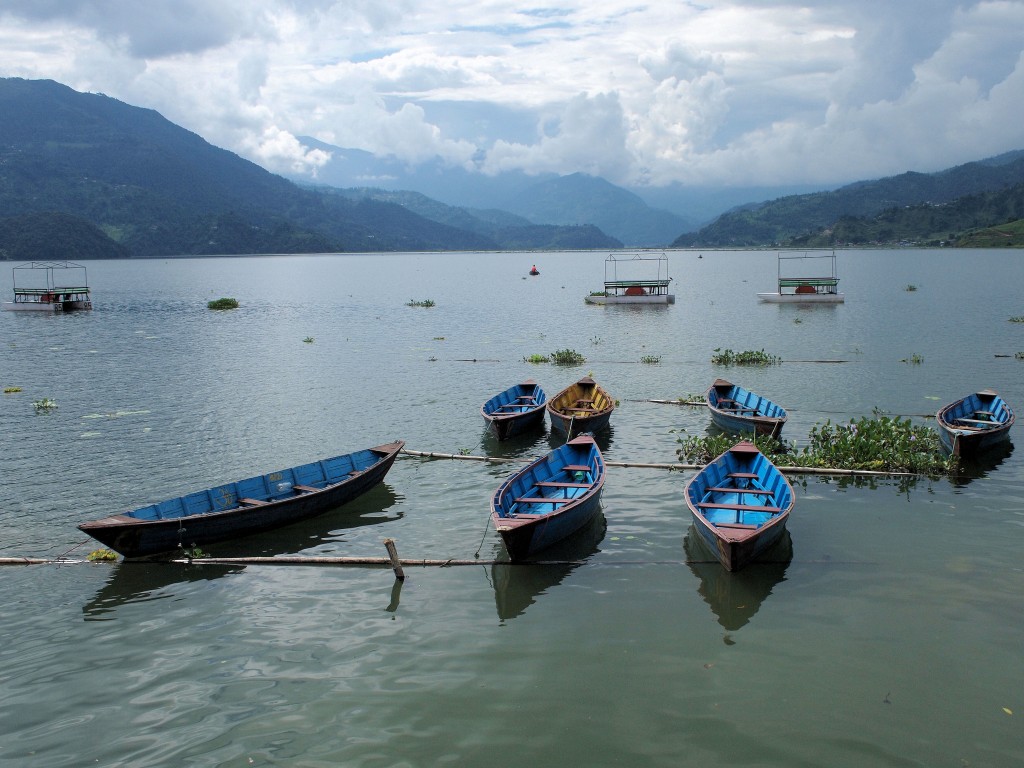
Phewa Lake Pokhara

Monastery Cow
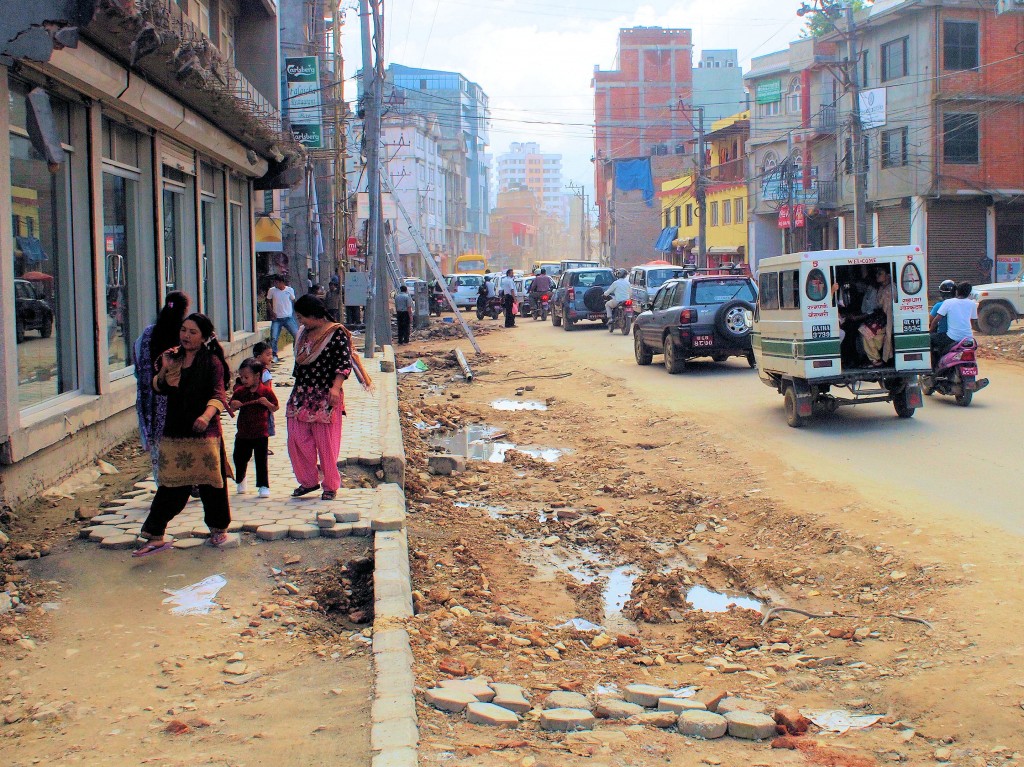
Lazimpat Road Kathmandu
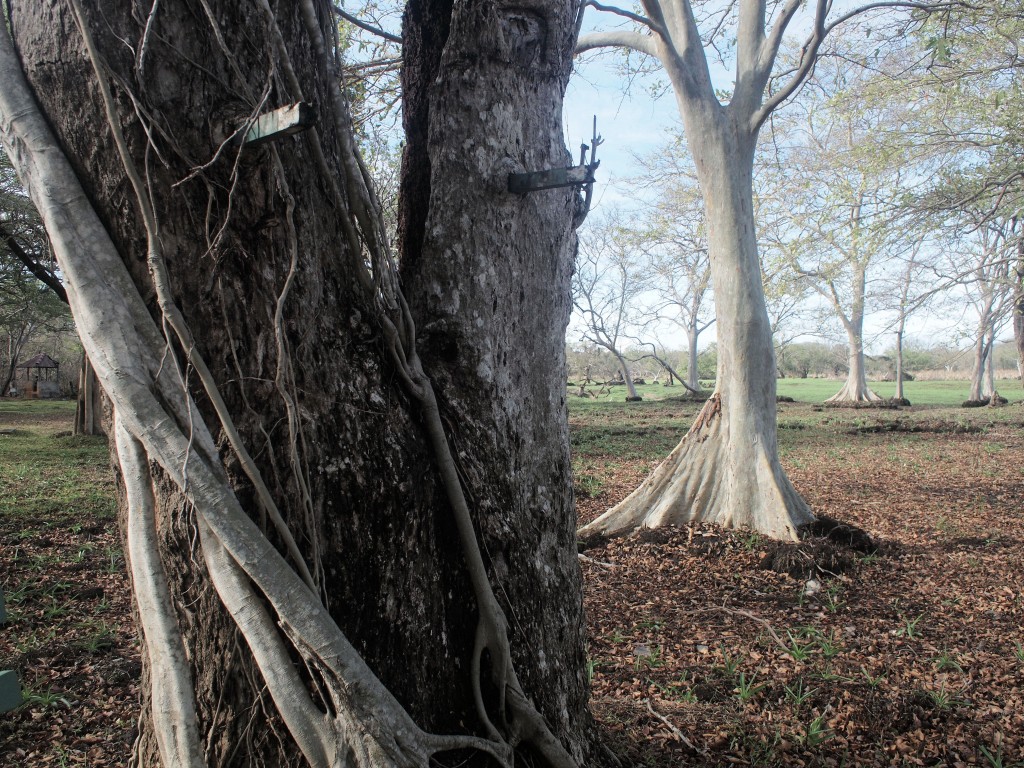
Trees at Habarana

Green Kabul Municipality
None of my photos made it to the Barcelona exhibition. Pity. Barcelona is a great place for photography with its harbor, Las Ramblas, and the architectural gems of Antoni Gaudi. I’ll have to find another excuse to revisit the city. I do feel entering the contest was a worthwhile experience however. Just as performing in public is a different experience than practicing one’s instrument at home, preparing one’s work for presentation adds another dimension to the craft.
The winning entries have been announced and can be seen online at any time. 20 June is the opening date for the exhibition at Barcelona.
Emerging Focus Barcelona
For the aspiring professional photographer, the lure of prize money is dwarfed by the chances for useful contacts in the profession and exposure in the marketplace.
LensCulture, in connection with their own photo competition, has published a useful guide on how best to make use of photo competitions. Along with describing what value these competitions have for the photographer, the LensCulture guide provides some criteria for picking and choosing between them and even some “insiders tips.”
The guide is extremely useful and is available free;
How to Get the Most Out of Photography Competitions
As one who has been tracking photography for a long time, it certainly seems that we have come a long way since the competitions fostered by the Photographic Society of America.


